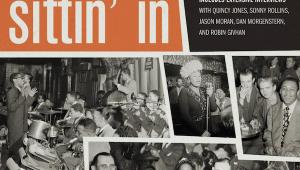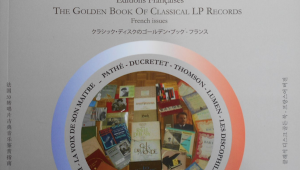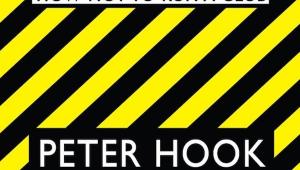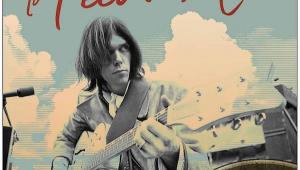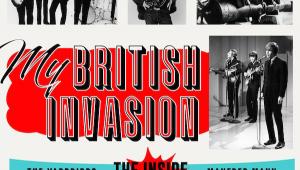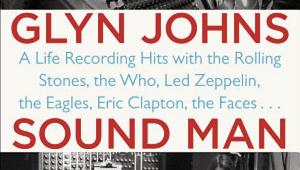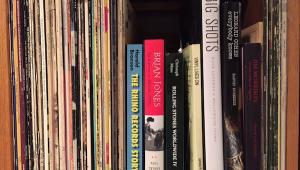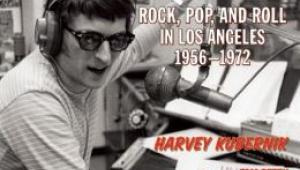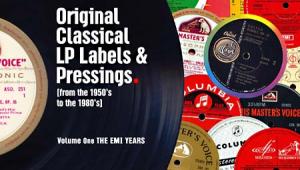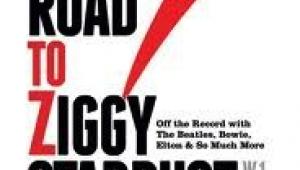"Hi-Fi" — Gideon Schwartz's Image-Rich Coffee Table Book
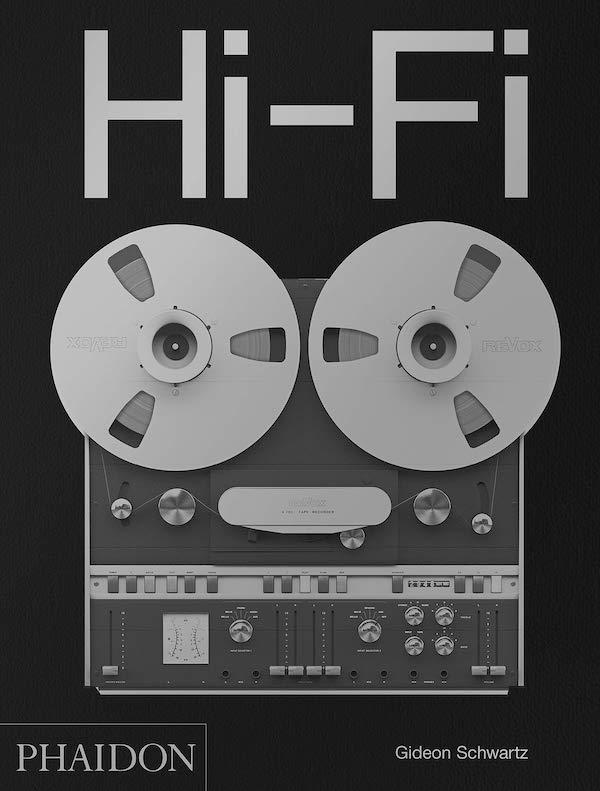
Using high quality images, New York based audio importer/retailer Schwartz spins a loosely constructed, turgidly written, frustratingly incomplete, oddly-shaped, Euro-centric history of "Hi-Fi" subtitled "The History of High End-Audio Design" that's far easier to look at than to read.
Within a few pages you'll figure out that the author is not by profession a writer. The simple declarative sentence is mostly out of the author's reach so one has to slog through overly complex, comma dammed, passive tense sentences that produce an inadvertently pretentious, off-putting narrative that to use audio terminology, is 180 degrees out of phase with a breezy, coffee table style book's intent.
The book's focus is unclear. The introduction is an academic and interesting history of recorded sound technology beginning with the familiar (to anyone who might be interested in a book called "Hi-Fi")— Edison, Berliner, Bell Labs and Stowkowski, to the somewhat more esoteric and lesser known Frenchman Clément Ader who invented the Théatrophone a means by which music could be transmitted to homes over the telephone. It was demonstrated at "The Paris exposition" (which took place in 1900, though Schwartz doesn't include the date).
The introduction then moves on to pretty pictures of stylish gramophones, "needle" box art, Art-Deco radios, Bang and Olufson industrial design and the like, all out of proportion to what was supposed to be a 'history of audio' introduction. Schwartz also lavishes two introduction pages on the relatively obscure, though innovative German company Zellaton, which goes back to the 1930s. Why? Perhaps because he imports the brand!
Schwartz divides the book by decades: the 1950s is the "Industrial Stereo Utopia". In the 1960s "Stereos Get Sexy". The 1970s sees "The Birth of High-End Audio", while the 1980s finds "High End Audio in Full Bloom". The 1990s are billed as the "Return of the Vacuum Tube" (though Audio Research, Conrad-Johnson and others would probably beg to differ!), while the 2000s is the "Post-Digital Analog Renaissance".
is "Hi-Fi" a history of sound? Or of audio industrial art? Because Schwartz failed to put a laser on it, the chapters meander between the two, using display advertising and sexy photography (some iconic and familiar, some not). Proportionality is "gone missing" as is a narrative thread explaining how design thinking changed in relation to technology.
Why page after page of Goldmund speakers? Why such a lopsided emphasis on Swiss products (other than that some are also imported by Schwartz [a double truck full sized picture of a Soulution circuit board?], while others, competitors that he doesn't import like CH Precision and darTZeel, the latter of which offers stunning industrial Swiss design, are conveniently omitted)?
There are a few pages of old Wilson and old Sonus Faber speakers but few of the new and quite striking designs from those companies and others like Vivid that should have been included in any book billing itself as providing "The History of High-End Audio Design" (perhaps Vivid's "sin" is being from Africa and not Europe?). Of course the striking looking MBL speakers deserve and get coverage as do a few others. There's no rhyme or reason to the image choices, or their size or what's included and what's not.
The section on turntable design is wholly inadequate. There's old B&O for some reason in the "2000s" chapter and appropriately SME and Thales (more Swiss) as well as Brinkmann, but come on! Nothing from Japan (there are Miyajima and Koetsu cartridges) but no TechDAS turntables? No AR turntable (if you're going back to the '60s with B&O)? No Immedia, which produced a handsome 1990's era industrial design copied by Clearaudio, Feickert and others? No Grand Prix Audio? No Continuum? No Doehmann or other striking looking modern turntables?
The problem with "Hi-Fi" is that the author's narrative does not focus on the intended subject. Instead, it meanders between company histories, technology and industrial design, though there's little or no analysis of the latter. Sometimes it feels as if the pictures came first and the narrative followed. "Hi-Fi" does not deliver "The History of High-End Audio Design". "The History of Mostly Swiss/ EUROPEAN Audio Design" would have been more accurate.
Ending on a positive note: "Hi-Fi" includes many striking-looking, well-reproduced pictures and digging through the thick prose, you'll find some useful information but "The History of High-End Audio Design", it's not!
Schwartz writes in his preface "I wrote this book as a tribute to these transcendental machines, while paying homage, too, to their compelling industrial designs, beauty of sound, and the inspiration behind their brilliant designers." No wonder the result is an out of focus book.

